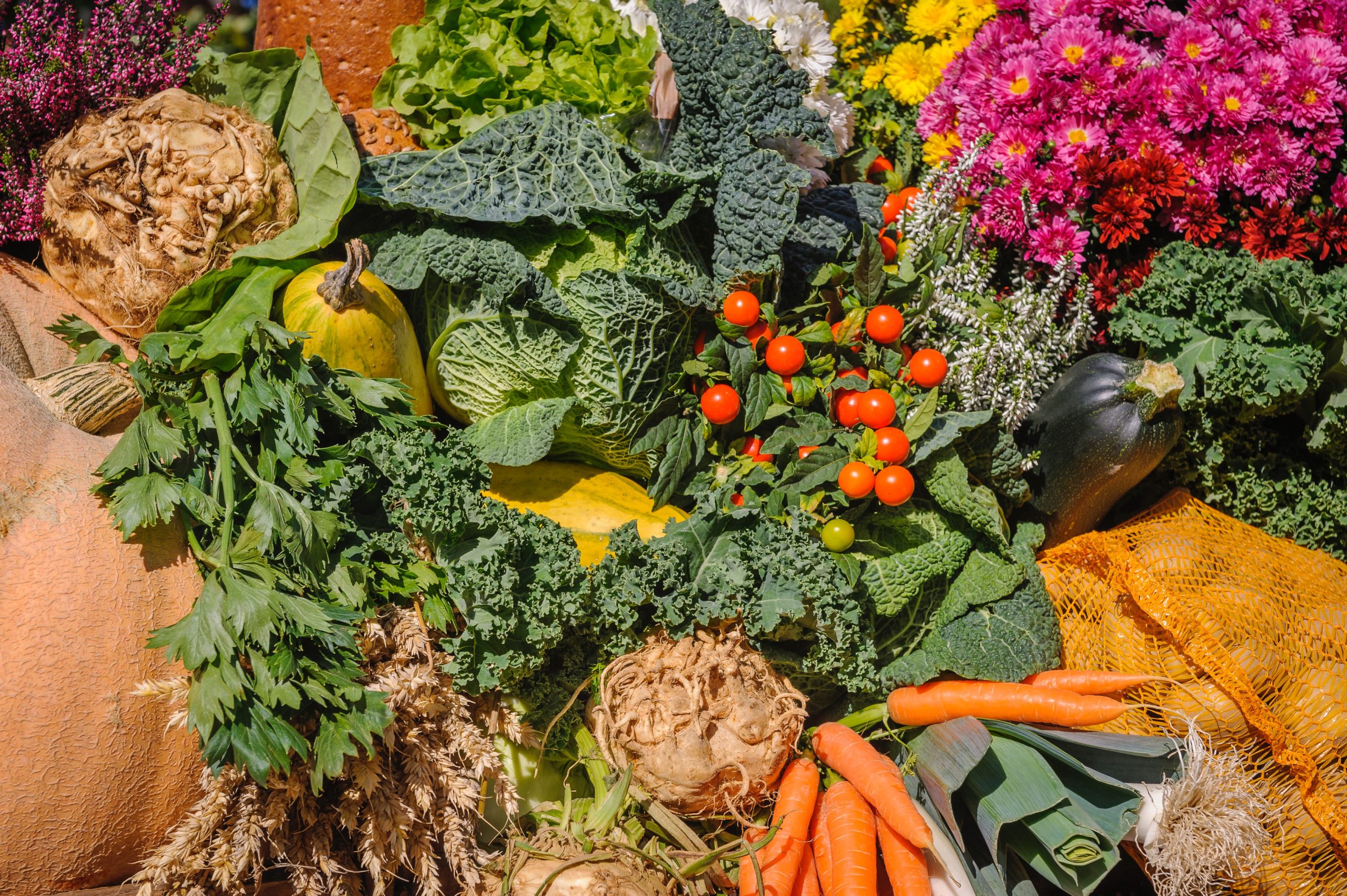
Environment / Food /
As we inch towards spring here in the UK, we move ever closer to the ‘Hungry Gap’, a time that spans much of the spring where there is little to no fresh produce available to harvest. Winter-harvested vegetables, such as carrots, potatoes, kale, turnips and swede have all been harvested, and spring crops such as asparagus and broad beans are yet to come through. There is a reason British-grown asparagus is seen as a sign of the warmer days – it is one of the earliest spring vegetables to be harvested.
Despite its limitations, seasonal eating is making a comeback, with multiple companies dedicated to delivering fresh, local produce to your door and many people willing to spend considerably more for locally produced, seasonal food. There does, however, seem to be a divide between those looking to shop seasonally, and everyone else. A survey by the BBC suggested that whilst 78% of Brits claim to shop seasonally, only 5% could name when blackberries ripen in the UK. In addition, it seems not all of us are even aware what ‘seasonal’ and ‘local’ means anymore, so where do we begin, and what are the benefits?
According to Wikipedia, “Seasonal food refers to the times of year when the harvest or the flavour of a given type food is at its peak. This is usually the time when the item is harvested, with some exceptions; an example being sweet potatoes which are best eaten quite a while after harvest”. Seasonal produce tends to be foods grown ‘locally’ at the time of year that they have traditionally been abundant, without the aid of artificial heating.
Arguments for seasonal eating include better tasting produce, more nutrients, supporting the local economy, reducing environmental footprint and paying less for food. Food systems are complex though, and not all of these factors stand up to scrutiny. For example, depending what you’re looking to buy, it may be more environmentally friendly to transport (by road) some fruit and vegetables from Europe, due to the warmer growing conditions negating the use for artificially heated greenhouses. Thankfully, the energy demand for UK grown vegetables is generally lower than their imported equivalents, aside from a few notable exceptions, such as aubergines, cucumbers, peppers and tomatoes which are often grown in heated greenhouses in the UK.

Despite the complexity of our food systems, it can be good to support local farmers and the produce they produce. If you are also buying from small farms, you’re likely to get a variety of produce you might not find at your local supermarket. Buying from local farms may also help boost the economy in the area – important especially at a time like now, where many are struggling.
When eating raw/fresh produce, local and seasonal vegetables may taste noticeably better and may even be more nutritious. Foods that are able to be picked when fully ripened (as opposed to harvested early so they can be transported further) may be higher in nutrients, and thus have a better flavour. If you are eating a lot of foods raw or unflavoured, this difference in flavour alone may mean it is worth picking up local produce over imports.
Cabbage, celery and Brussel sprouts are the most sustainable UK produce you can eat, and should always be consumed in season if possible. Aside from that, importing vegetables grown in unheated greenhouses in Europe has a lower impact than UK vegetables cultivated in heated greenhouses (e.g. aubergines, cucumbers, peppers and tomatoes), despite the transportation – so if you are eating produce out of season, make sure you know how it was grown. If there’s the chance it was grown in a heated greenhouse, it may be better to opt for food grown in Europe that has been transported to the UK by road.
Air freighted vegetables have around a five times higher impact than domestic produce, so in the case of a choice between locally produced vegetables and those air freighted, always choose local produce.
It is important to bear in mind that despite all these variables, eating vegetables is always more environmentally friendly than eating red meat when it comes to greenhouse gas emissions, and the confusing nature of food labels should not put you off eating a mostly plant-based or diet. It can be easy to become bogged down in the specific of in season or local produce vs importation, but there are a few changes you can make to your diet that will have far bigger impacts in the long run. For example, plant-based diets are the best suited to fight climate change, so if you eat a lot of red meat, cutting down will have a far bigger impact environmentally than purely eating locally.
In addition, food waste is one of the worst culprits for increasing food impact on our environment. Reducing food waste overall, rather than focussing on purely buying local produce, may have more of a beneficial impact on our environment. 4.2 million tonnes of avoidable food and drink is wasted each year in UK households, worth £12.5 billion.

In conclusion, there are many benefits to eating local. Eating food in season may taste better and be more environmentally friendly, but even more importantly, it can help support local farmers and their families, support the local economy and may even introduce you to produce you’d never see in your local supermarket.
However, there are other ways in which you could have a greater impact when it comes to carbon emissions and environmental impact. Moving to a more plant-based diet and reducing food waste overall will help you see the greatest reduction to your environmental impact!